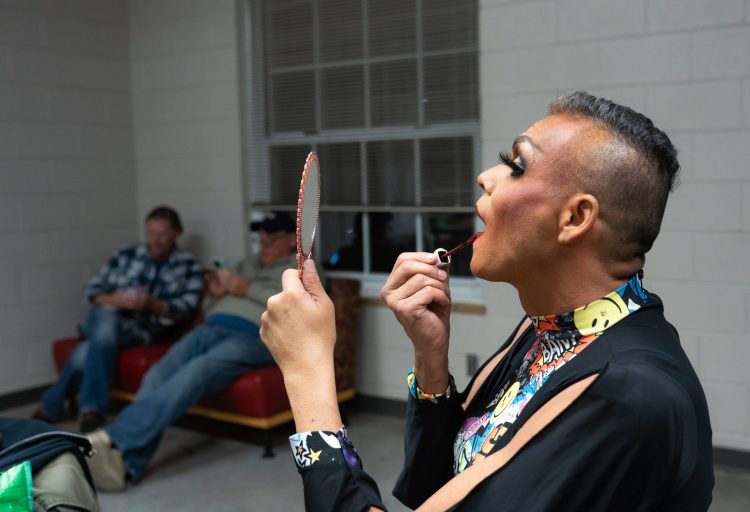» By TRENT SINGER – tsinger@my.apsu.edu
In order to understand the origins of the hipster movement, one must look 40 years back when a generation of peace-loving people emerged from a war that incited protest, creativity and open-mindedness. In terms of today’s version of this progressive counter-culture, it’s quite apparent times have changed. The term “hipster” has taken on its most significant meaning within the last five years.
According to Urban Dictionary, it doesn’t take much to spot a hipster out of a crowd. Women hipsters often wear leg warmers, retro sundresses, miniskirts, heavy jewelry and trendy glasses; whereas men wear plaid shirts, form-fitting dark jeans, Converse shoes, fedoras and trendy glasses.
“I can’t really give a concrete definition of a hipster, but the image I get in my head is a beatnik-looking person that has the ironically retro-looking glasses, plaid, argyle flannel shirts, skinny jeans and stuff like that,” said freshman Stuart Snyder.
Perhaps the most important trait of hipsters is within their actions. These 20-somethings embrace a universal idea of nonconformity. Often dubbing things as independent, or “indie,” hipsters live in a sovereign world. They often listen to indie music, read indie magazines, watch indie movies and have indie relationships.
Therefore, the irony of being independent based on someone else’s preset version of independence is baffling for some people. “It’s somebody who says they’re going against the crowd, but they’re not really,” said freshman Mackenzie Butts.
This group of “nonconforming conformists” has been ridiculed within recent years for being far more apathetic than the hippies who preceded them. However, a recent movement involving a large number of what many define as hipsters has many people re-evaluating their notions.
The Occupy Wall Street movement began as a small gathering of beatniks who started protesting and speaking out against corporations and their role in U.S. government. Many people classify these beatniks as hipsters with no real motivation or goal, and who structurally have no knowledge of what they’re protesting. However, these protesters argue mainstream media has painted that picture for Americans to allow preconceptions to damper the movement and silence the people.
From a young age, Americans find themselves categorized into various cliques representative of the times and culture. The same goes for this particular group of people. “They’re people that have a commitment to the counter-culture,” said senior Dustin Barati.
From a sociological standpoint, judgment barriers often allow a group of people who share similar taste to flourish. Regardless of one’s opposition to the apathy and arrogance of the hipster movement, the counter-culture may have finally woken up and recognized the intent of their existence. TAS

